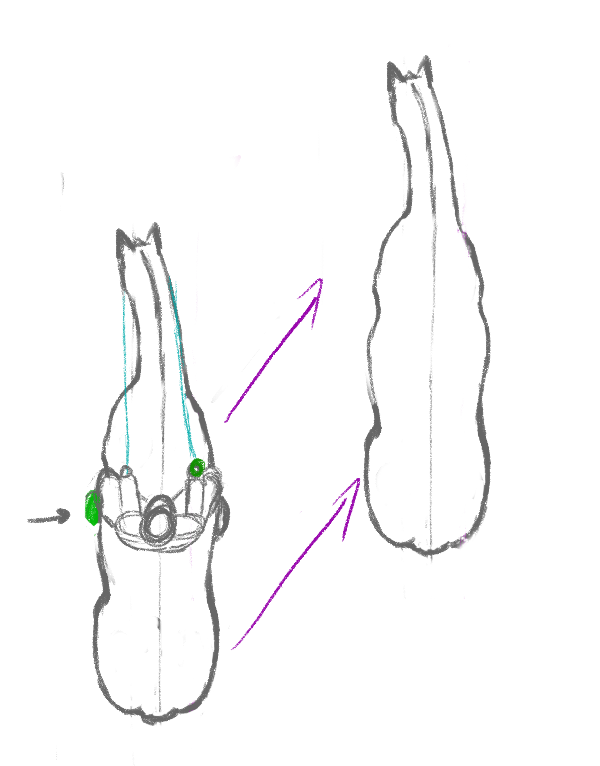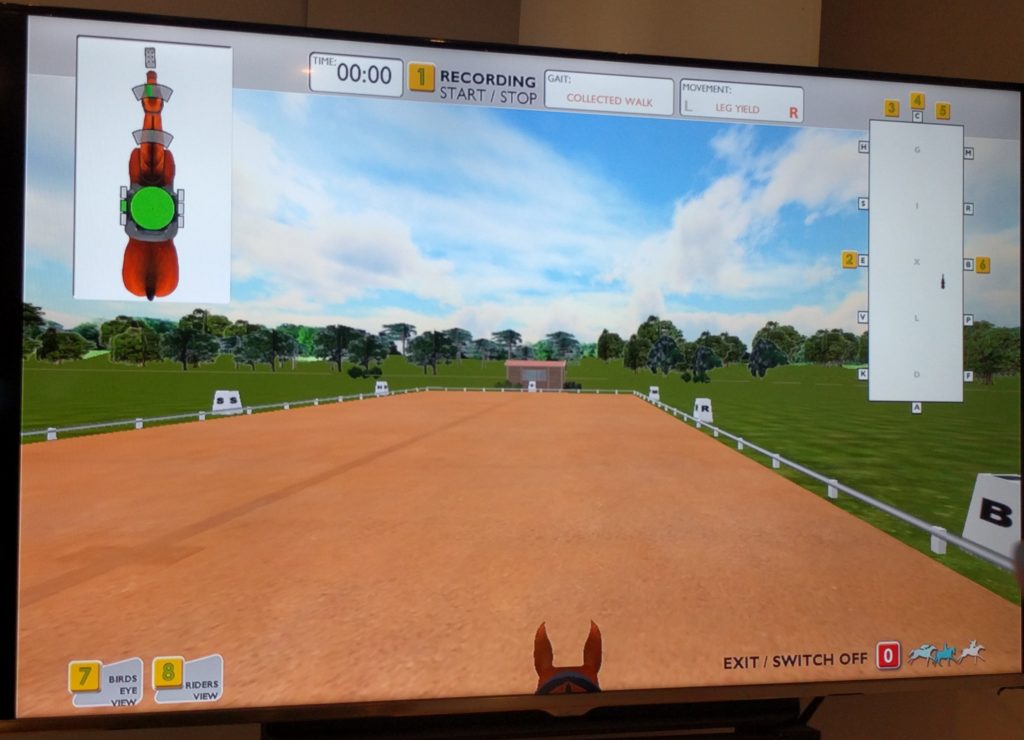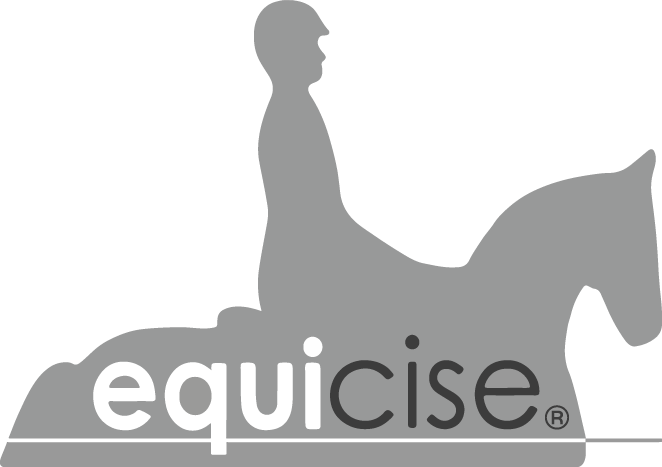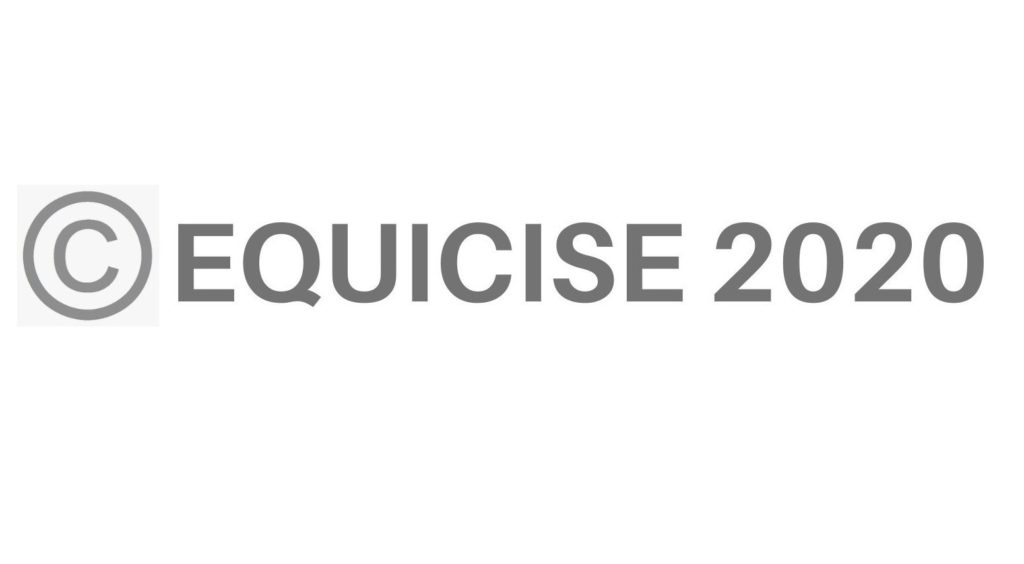07 Jun 13. Learning to leg yield

In our previous articles, we have considered various aspects of riding where improvements can help you to become the best rider you can be. Now, starting with leg yield, we are going to look at some lateral movements that you should be able to achieve once you have strengthened your core muscles, enabling you to develop the all-important independent seat and the ability to retain a balanced position in all paces. We will also assume an understanding of weight aids and how they help you to communicate clearly with your horse (see Article no 8, Learning weight aids).
Whether or not you are interested in dressage and more advanced lateral movements, teaching your horse to leg yield will help to promote its suppleness, loosen its muscles and improve its balance. Leg yielding is typically one of the first lateral movements taught to young horses as it also encourages them to respond to leg aids by moving away from the leg. Learning leg yield (and half pass) helps horses improve their balance when ridden – like humans, almost all horses tend to be somewhat one-sided. Leg yield and half pass help to shift the weight of the horse from side to side while it is moving forward, assisting it to develop the ability to carry its weight and that of its rider evenly distributed across all four legs, rather than favouring its dominant side. As an aside, leg yield is taught before half pass as the physical structure of a horse’s joints makes it more difficult for it to move sideways when bent in the direction of the movement (half pass) than when bent in the opposite direction (leg yield), although some horses may defy this rule and find half pass easier than leg yield.
Perhaps the first thing to remember when attempting the leg yield is the need to ensure that you start with a good, straight, forward-going walk. Let’s assume you have turned down the three-quarter line and are aiming to leg yield (towards the right) to the outside track. Your horse should have a slight flexion to the inside (left), just enough that you can just see its eye and nostril, while you should be sitting tall, looking ahead, with your shoulders parallel to your horse’s shoulders and a little more weight on the inside seat bone. Using your inside (left) leg on the girth as your horse swings its inside hind leg forward will encourage it to step sideways, while your outside (right) leg, slightly behind the girth, can be used to drive your horse forward if needed or to prevent its haunches from falling out. Half halting on the outside rein will help to prevent your horse’s shoulder slipping to the outside.
The theory may be straightforward, but if your horse does not comply, it is probably because of a rider error. If, for example, you have tightened your thigh muscles and raised your inside leg as you apply the aid, your weight will shift to your outside seat bone, blocking your horse’s ability to move sideways in that direction. If you collapse at the waist, lean to the inside or drop your inside shoulder as you seek to move your weight onto your inside seat bone, you will actually be putting your weight on the outside, again preventing your horse from moving sideways. If you tip forward, so lightening your seat, your horse is more likely to speed up or slow down than to move sideways. You should also check that your outside leg remains on or slightly behind the girth, and be aware that if you use too much inside rein and achieve too much bend, your horse will not be able to move its body forward in a straight line. And if you do not keep a steady rhythm, it may allow your horse to evade your leg aid and resist moving sideways – if it has tight muscles, it will find the stretch needed for the leg yield difficult.
Once you have mastered the leg yield in both directions at walk (remembering either you or your horse is quite likely to favour one side over the other), you can progress to leg yield in trot and canter. You can also introduce more challenging exercises, such as alternating the direction of the leg yield – for example, first from the three-quarter line towards the outside for a few steps and then back to the three-quarter line, or alternating between leg yield and moving in a straight line.
Learning to leg yield correctly on your horse can take time and may result in your horse becoming stuffy if you persist for too long, so it can be helpful to intersperse the leg yield with a more forward pace (eg if you leg yield in walk down one side of the arena, you might like to trot down the other long side).
One of the great benefits of spending time on the EQUICISE is that you can practise the same movements over and over and your mount will never say no! The EQUICISE has three leg sensors on each side of its lower torso. To perform leg yield, your leg will need to make contact with the middle sensor and you can see on the screen in front of you if you have succeeded in doing so. You also have to maintain a bend to the outside and the feedback from the rein sensors will show if you have achieved this. You can either hold your leg on the sensor or use on/off movements as you would on a horse. Unlike a real horse that may sometimes perform a movement for you even if you haven’t got the aid completely right, the simulator will only respond if you apply the aids 100 percent correctly, teaching you to ride much more accurately. Once you transfer this skill to your horse, you will find it much more sensitive and more responsive to your aids.
Using the seat sensors under the saddle, the EQUICISE can also measure how your centre of gravity and alignment changes as you ride the leg yield. A lot of riders who are unable to use weight aids correctly tend to lean with their upper body when attempting lateral work, unbalancing the horse and making leg yield difficult to perform. The EQUICISE is a fantastic training aid for learning lateral movements but, as with most equestrian techniques, it will not be an overnight accomplishment. However, once you have mastered applying the correct aids, you will see a noticeable improvement in your ability to communicate with your horse.
Book a LESSON on the EQUICISE and see how it can help improve your riding.
PRACTISE THIS ON THE SIMULATOR

On "free ride" screen, enter the centre line on walk, keep your hands still and use your left leg on the second leg sensor to leg yield to the right. Make sure you have your leg stretched down. You can use a slightly stronger left rein contact, given you can have a slight flexion to the left. Make sure your weight doesn't move to the right, always check the seat sensors on the top left screen. Repeat to the other side. To make it harder, do the same in trot.




